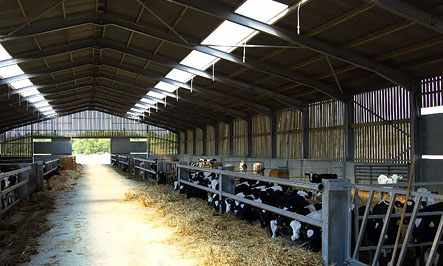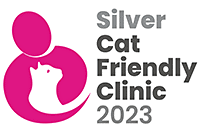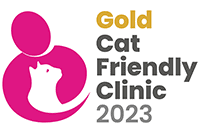 With the recent warm, damp weather we have seen quite a spike in cases of calf pneumonia. Whilst there is nothing new to report on the topic (unfortunately there isn’t a magic cure just yet!), it is worth being reminded of some of the basics that can help prevent and treat if necessary.
With the recent warm, damp weather we have seen quite a spike in cases of calf pneumonia. Whilst there is nothing new to report on the topic (unfortunately there isn’t a magic cure just yet!), it is worth being reminded of some of the basics that can help prevent and treat if necessary.
Housing: Housing is quite possibly the biggest contributing factor to calf pneumonia. Dirty environments, poor airflow and high stocking densities (too many calves within a small space) will all increase the risk of calves developing pneumonia, and will also increase the spread of disease between calves.
Remember that the air needs to be clean and fresh – if you can smell ammonia in the sheds then ventilation isn’t sufficient.
Colostrum: The quality and quantity of colostrum given to a calf is critical to the future ‘success’ of that animal. Remember that you want to aim to give 3-4L of good quality colostrum as soon as possible after birth, with a further feed of 3-4L within 6-12 hours.
So, what is good quality colostrum? Just because it looks thick doesn’t always mean it is good enough! Consider getting either a colostrometer, or ideally a refractometer – they are not expensive bits of kit and they give you a straight answer on how good the colostrum really is.
Treatment: Once clinical signs are seen, treatment with antibiotics and anti-inflammatories is required.
By using anti-inflammatories such as Loxicom alongside antibiotics, improved treatment rates will be achieved.
If you have any questions, please call us on 01785 850218.





